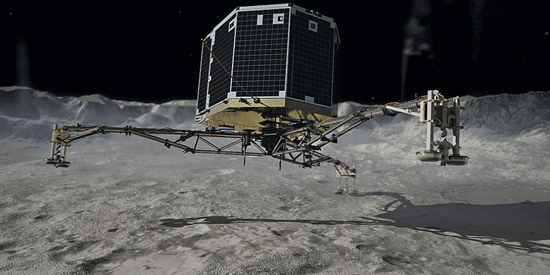
As we’ve done in 2012 and 2013, we’re bringing you what we think were this year’s biggest engineering feats. But, as our writer Kal astutely pointed out, “2014 is, like, a whole year. A lot of stuff happened.” So we’ve expanded from our previous lists of 8 and 12 to a more robust 20.
We think you’ll agree 2014 was a pretty great year in engineering.
20. Compression Space Suit will Aid in Planetary Exploration. (Also, it looks badass)
Location: Cambridge, Massachusetts, USA
Who’s Working on it: MIT
Field: Aerospace Engineering
Dr. Dava Newman, a professor of Aeronautics, Astronautics and Engineering Systems at MIT, created compression garments that incorporate small, springlike coils that contract in response to heat to improve upon the out-dated, clunky spacesuits astronauts currently wear.
“With conventional spacesuits, you’re essentially in a balloon of gas that’s providing you with the necessary one-third of an atmosphere [of pressure,] to keep you alive in the vacuum of space,” says Newman, who has worked for the past decade to design a form-fitting, flexible spacesuit of the future. “We want to achieve that same pressurization, but through mechanical counter-pressure - applying the pressure directly to the skin, thus avoiding the gas pressure altogether. We combined passive elastics with active materials.
Ultimately, the big advantage is mobility and a very lightweight suit for planetary exploration.”
19. Engineers Build World’s Smallest, Fastest Nanomotor
Location: Austin, Texas, USA
Who’s Working on it: University of Texas at Austin
Field: Mechanical Engineering
Leave it to engineers to work on curing cancer with super-fast miniature robots.
The smallest, fastest, and longest-running tiny synthetic motor to date. The team’s nanomotor is an important step toward developing miniature machines that could one day move through the body to administer insulin for diabetics when needed, or target and treat cancer cells without harming good cells.
18. Robot Cheetahs and Kangaroos, Oh My.
Location: Arnstadt, Germany and Cambridge, Massachusetts, USA
Who’s Working on it: Festo AG and MIT
Field: Mechanical Engineering
So it’s safe to say animalian robots had a pretty good year. Scientists at Festo AG of Germany developed a “Bionic Kangaroo,” that technologically reproduces the unique way a kangaroo moves. Bonus: You can summon it with simple arm gestures! (Fast forward to 1:00 in the above video to see it in action).
Stateside MIT’s Biomimetic Robotics Laboratory developed “an algorithm for bounding that they’ve successfully implemented in a robotic cheetah.” At the moment it’s clocking in at 10 mph but they expect this same model will eventually reach 30 mph, or about half the speed of a cheetah in the wild. Sangbae Kim, an associate professor of Mechanical Engineering at MIT, describes why this particular animalian robot is different:
“Most robots are sluggish and heavy, and thus they cannot control force in high-speed situations,” Kim says. “That’s what makes the MIT cheetah so special: You can actually control the force profile for a very short period of time, followed by a hefty impact with the ground, which makes it more stable, agile, and dynamic.”
17. Solar Energy Became Much More Efficient
Location: Australia & Germany
Who’s Working on it: University of NSW and Fraunhofer Institute for Solar Energy
Field: Solar Engineering
Engineers at the University of New South Wales announced that they have achieved a world-beating 40.4% “conversion efficiency” by using commercially available solar cells combined with a mirror and filters that reduce wasted energy.
Reddit’s /r/Technology subforum, however, was quick to point out that “The Germans have 44.7% efficiency already,” and subsequent conversation debated which claim was legitimate on the basis of mass produceable vs. lab cells.
All of which works to confirm what Martin Green, director of the Australian Centre for Advanced Photovoltaics, said:
It’s horse and buggy days as far as solar is concerned at the moment.
So, TL;DR - while we’re not quite ready to abandon fossil fuels, we’ve made great strides in realizing commercially viable solar energy this year. And this won’t be the only achievement in solar to make our list.
16. Engineers Create Cheap, Paper-Based Cancer Test
Location: Cambridge, Massachusetts, USA
Who’s Working on it: MIT
Field: Biomedical Engineering
Yet another MIT research team, this one led by biological engineer Sangeeta N. Bhatia (M.D., Ph.D.) has developed a simple, cheap, paper test that could improve diagnosis rates and help people get treated earlier. This diagnostic works much like a pregnancy test and could reveal within minutes, based on a urine sample, whether a person has cancer.
In nations where there is little medical infrastructure, this test has the potential to be a game-changer.
15. Squid-Inspired Autonomous Camouflage
Location: Houston, Texas, USA
Who’s Working on it: University of Houston, University of Illinois, Northwestern University
Field: Mechanical Engineering
Cephalopods (squid, octopi, cuttlefish) are able to change coloration quickly for camouflage. Dr. Cunjiang Yu, a mechanical engineer from the University of Houston, led a collaborative study with researchers from the University of Illinois and Northwestern to replicate this pattern through manufactured camouflage.
While other researchers have developed similar technologies in years past, Dr. Yu’s is the first to adapt autonomously.
“Our device sees colour and matches it. It reads the environment using thermochromatic material.”
The prototype developed by the researchers works in black and white, with shades of grey, but Yu said it could be designed to work in the full colour spectrum. Similarly, he said while the prototype is less than one-inch square, it can be easily scaled up for manufacturing.
The flexible skin of the device is comprised of ultrathin layers, combining semiconductor actuators, switching components and light sensors with inorganic reflectors and organic colour-changing materials in such a way to allow autonomous matching to background coloration.
The researchers describe their work as including pixelated devices that include analogues to each of the key elements included in the skin of cephalopods, with two exceptions, the iridophores and central ocular organs.
14. Swarm Robots Mimic Termites; Build Things Without Being Instructed
Location: Cambridge, Massachusetts, USA
Who’s Working on it: Harvard
Fields: Computer Engineering, Mechanical Engineering
The Harvard School of Engineering and Applied Sciences has created an autonomous robotic construction crew that mimics the behaviours of termites. Per the Harvard Gazette:
The system needs no supervisor, no eye in the sky, and no communication. It uses simple robots - any number of robots - that cooperate by modifying their environment.
Harvard’s TERMES system demonstrates that collective systems of robots can build complex, 3-D structures without requiring a central command structure or prescribed roles.
13. Pocket Molecular Detector
Location: Herzliya, Israel
Who’s Working on it: Consumer Physics, Inc.
Fields: Chemical Engineering, Electrical Engineering, Software Engineering
Are you the kind of person that gets really specific about the variety of apples you eat? Or perservates over what, exactly, something is made of? Then SCiO, a pocket spectroscope that syncs to your smartphone, is about to be your new best friend.
Consumer Physics, Inc - the company that produces SCiO - launched a Kickstarter campaign this year to get the project off the ground and to mass market. The gist of how the device works is:
- you scan the item in question with your SCiO for 1-2 seconds
- an accompanying iOS or Android app sends the readings to the cloud
- algorithms process the data in real time
- then the readout can be checked on a Bluetooth-linked smartphone.
At first SCiO will come with apps for analyzing food, medication, and plants. You can use it to refine the ingredients of your home-brewed beer or figure out if an Internet site’s cheap Viagra is fake. Later, the company will add the ability to check samples from cosmetics, clothes, flora, soil, jewels, precious stones, leather, rubber, oils, plastics, and even human tissue or bodily fluids.
12. World’s Largest Indoor Farm Built in Japan
Location: Japan
Who’s Working on it: Mirai
Field: Agricultural Engineering
With disarmingly bad headlines like “Lettuce See the Future,” we expected that the “World’s Largest Indoor Farm” claim would be more pop than science. We were wrong.
Run by a plant physiologist, Mirai has indeed built the world’s largest indoor farm - 25,000 square feet to be exact - in an old semiconductor factory. The gardens are fed with 17,500 LED lights in a bacteria-free, pesticide-free environment. Why did we include it?
- This farm produces faster, more, and with less waste (of both water and product).
- Produce is grown under these LEDs 2.5x faster than in sunlight.
- They’ve reduced produce loss from an industry-standard 30-40% to less than 3%.
- This farm cuts water usage to 1 percent.
- Oh, and they produce about 10,000 heads of fresh lettuce each day.
11. Daewoo Morphs Workers into RoboShipBuilders
Location: South Korea
Who’s Working on it: Daewoo
Fields: Mechanical Engineering, Electrical Engineering
Daewoo Shipbuilding and Marine Engineering is no stranger to incredible engineering feats. But turning ship workers into superman that can pick up, carry 100-kilogram hunks of metal as if they’re nothing via robotic exoskeletons? That was unexpected.
The prototype robo-suits weigh a tad under 62 pounds and can accommodate anyone from 5-foot-3 to 6-feet tall. Users can walk at their normal gait and get assistance from the suit in lifting and moving objects that weigh up to 66 pounds during the suit’s three-hour battery life. Engineers have ambitions of eventually getting total lifting capacity to 220 pounds.
10. Engineers Create Self-Healing Plastic
Location: Champaign, Illinois, USA
Who’s Working on it: University of Illinois
Field: Chemical Engineering
Would you spend a little extra on a smartphone with a screen that self-healed every time you dropped it?
Thanks to engineers at the University of Illinois, that day is coming soon. This year they unveiled a polymer that automatically patches holes 3cm wide - more than 100 times larger than previous milestones. The polymer relies on a network of capillaries similar to a human blood clotting system that deliver chemicals to the damaged areas.
The best part may be that the materials used to create this polymer are relatively cheap and widely available:
“The key advantage of using this material is that it’s catalyst-free and low-temperature, and can be healed multiple times,” Cheng said. “These are very nice materials for internal cracks. This can heal the crack before it causes major problems by propagating.”
Other self-healing material systems have focused on solid, strong materials. However, the new study uses softer elastic materials made of polyurea, one of the most widely used classes of polymers in consumer goods such as paints, coatings, elastics and plastics.
9. We Finally Have Hoverboards. (Sort of.)
Location: Los Gatos, California, USA
Who’s Working on it: Arx Pax
Fields: Electrical Engineering, Electronics Engineering
Our Back to the Future dreams have arrived. This year Arx Pax launched a Kickstarter campaign for the Hendo Hoverboard amid much fanfare and applause by Marty-McFly-wannabes around the world.
However (and this is a big however), this board only works across metal surfaces and operates via electromagnetic suspension.
So why did we include it? As per this useful StackExchange thread, the Hendo Hoverboard is still an original idea in the application of electromagnetics:
Earnshaw’s theorem says it’s impossible to have perfectly stable magnetic levitation where none of the fields are changing with time. But…it is possible to have levitation that appears stable to the naked eye if the the currents that create the magnetic field continually adjust to small movements of the levitated magnet in such a way as to quickly damp out these movements.
The Hendo Hoverboard doesn’t use superconductors or ordinary diamagnetism where the magnetic response is caused solely by the realigning of electrons in atoms though - instead it relies on…a magnetic field that’s designed to oscillate in the right way (which can apparently be achieved either using rotating permanent magnet or a varying current in a non-rotating electromagnet) will induce eddy currents in a nearby conductor, motions of large numbers of electrons that are not bound to particular atoms in the conductor.
…this is really a large-scale version of diamagnetic levitation–apparently the swirling eddy currents adjust to continually repel the source of the oscillating field in the same way that individual electrons adjust in ordinary diamagnetic levitation.
Or, as our Director of Engineering Outreach summed, it got “people excited about and using electromagnetic suspension, which is sweet.”
8. The Germ Ebola-Zapping Robot
Location: San Antonio, Texas, USA
Who’s Working on it: Xenex
Fields: Electrical Engineering, Biomedical Engineering
A television station described the Xenex as “essentially a tall Roomba” with an ultraviolet light. But the germ-killing robot that bathes hospital rooms with intense, millisecond pulses of ultraviolet light from a high-wattage strobe light is a hot item this year. The light is capable of killing germs in an entire hospital room in 5 minutes - and will destroy Ebola, specifically, on any surface in 2 minutes.
Post domestic Ebola crisis, hospitals are clamouring for the machine. And they seem to be good-humoured about their new co-worker:
Nearly 200 hospitals across the U.S. have implemented Xenex’s room disinfection system. Many of the hospitals consider their germ-zapping robot part of their infection prevention team and hospital employees have bestowed names such as Rosie, Mr. Clean, Violet, Ray and Germinator on their devices.
7. 43 Terabits/Sec Data Transfer
Location: Denmark
Who’s Working on it: Technical University of Denmark
Field: Electrical Engineering
The High-Speed Optical Communications team at the Technical University of Denmark set a new record for data transmission this year, passing 43 terabits per second worth of data over a single optical fibre. To put this in perspective, reddit user candiedbug points out:
At 43 terabits per second you could download Netflix’s entire 3.14 petabyte library in 9.7 minutes.
You probably can’t make Jiffy Pop that fast.
6. MacGyver Paradigm
Location: Atlanta, Georgia, USA and Tokyo, Japan
Who’s Working on it: Georgia Tech and the National Institute of Advanced Industrial Science and Technology (Japan)
Fields: Mechanical Engineering, Electrical Engineering
Autonomous robots are the rage this year, but MacGyver may be the best of them. Where most robots have been built to treat the environment around them as an obstacle to be avoided, this robot uses its environment. Autonomously.
In this experiment, we design a complete rescue scenario with a 100 kg brick object blocking entry to a room and another 100 kg loaded cart. Interestingly, the loaded cart becomes a fulcrum for an arbitrary board to topple the bricks. Then the bricks, which were initially an obstacle, are used as a fulcrum for a lever to pry open the door. Finally the robot uses a wider board to create a bridge and perform the simulated rescue.
IEEE nails it: “Yes, this means that soon they will be unstoppable. And there’s video to prove it.”
5. Google Cardboard: Virtual Reality Experience Using Stuff You Already Own
Location: Palo Alto, California, USA
Who’s Working on it: Google
Cardboard: DIY VR for all. We want everyone to experience virtual reality in a simple, fun, and inexpensive way. That’s the goal of the Cardboard project.
Not only is Google’s Cardboard virtual reality experience more enjoyable than I imagined (we’ll get to my hands-on experience later), but also Cardboard is much more than just a DIY toy. As silly as it seems, this combination of cardboard, Velcro strips, magnets and plastic lenses is Google’s first serious entry into the brave new world of virtual reality.
But our own JF Stackhouse may have said it best:
Google designed a VR headset you can fold out of cardboard and run off an Android phone, developed programming and manufacturing standards, then pointed out that you probably already own it. Mic drop.
4. Wireless Electricity Is a Thing Now
Location: Watertown, Massachusetts, USA
Who’s Working on it: WiTricity
Field: Electrical Engineering
Resonant wireless power transfer technology is not new this year, but commercially viable products are. This year Witricity unveiled a charging system for the iPhone 5 at CES 2014 and inked a technology licensing deal with Intel. It’s only a matter of time before you see wireless charging capabilities for Intel powered-devices. Moreover, the technology is highly efficient - by some estimates 90% efficient.
…and since it’s based on magnetic resonance instead of induction, you don’t have to place the devices directly on a pad for the power transfer - they can be placed around the pad, and it even works through various materials like wood and metal. Also, you can charge up multiple devices with a single transmitter, and you can add repeater pads - which can come in the form of floor mats - should you require an extended range.
In terms of power output, WiTricity already has solutions providing as little power as 10W for portable devices, all the way up to 6kW for cars; and it’s prepping for 20kW support for even bigger applications.
3. FALCON 9 Reusable Test Vehicle Reaches 1000M
Location: Cape Canaveral, Florida, USA
Who’s Working on it: SpaceX
Fields: Aerospace Engineering, Mechanical Engineering, Electrical Engineering
Yes, we’ve featured SpaceX’s reusable rockets in previous lists. But this year SpaceX created and successfully tested a reusable rocket that reached an altitude of 1000m. That was an important milestone as the company announced they plan to start reusing rockets next year.
2. Solar Power can be Generated in the Dark
Location: Cambridge, Massachusetts, USA
Who’s Working on it: MIT and Harvard
Fields: Solar Engineering, Materials Engineering
Generating energy is far easier than storing it (outside of liquid fuel form).
That has been the primary obstacle to widespread adoption of solar technology - but this year researchers from MIT and Harvard used a photoswitching substance called azobenzene to create carbon nanotubes capable of absorbing the sun’s radiation and storing it in chemical form. And once stored on the molecular level, it can be tapped at will to generate heat on demand. Even in the dark. The Atlantic makes another important point about this breakthrough:
The best part: The molecules can store the heat forever and be endlessly re-used while emitting absolutely no greenhouse gases.
1. We Landed on a Frickin’ Comet
Location: European Space Operations Centre (ESOC) in Darmstadt, Germany
Who’s Working on it: European Space Agency
Fields: Aerospace Engineering, Mechanical Engineering, Electrical Engineering
On November 12th, Philae, a robot spacecraft the size of a large dog, successfully landed on 67P/Churyumov–Gerasimenko. Sure, it may have landed a few hundred meters away from the intended location (and, unfortunately for its solar-powered machinery, under a shady cliff). But the scope of the accomplishment is absolutely mind-blowing.
Consider that this project took:
- 20 years of planning, including
- a 10-year-long flight that required “gravity assists” from four planetary flybys - one by Mars (2007) and three by Earth (2005, 2007 and 2009)…
- in order to travel 300 million miles,
- at speeds of 34,000 mph,
- to land on a rock approximately 2.5 mi by 2.7 mi at its widest and longest dimensions,
- moving at 84,000 mph.
Well done ESA.
+ Biggest Non-Engineering Breakthrough of 2014
In what may be the best-titled-CEO-memo-ever, Elon Musk announced “All Our Patent Are Belong to You” and summarily gave away the patent rights to everything Tesla Motors has built thus far.
Aside from probably giving his intellectual property attorneys a heart attack - the immediate effect of this release is unclear. But we’re betting that Musk’s generosity helps open the door to both pace of market adoption and evolution in electric vehicle technology - hopefully resulting in the kind of engineering feats that bedeck future instalments of our annual list.
Top image: Depiction of Rosetta's Philae touchdown on comet 67P/Churyumov-Gerasimenko. Credit: DLR German Aerospace Centre/Wikimedia Commons.
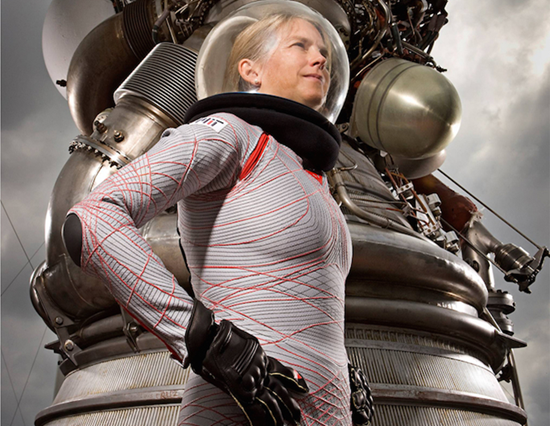
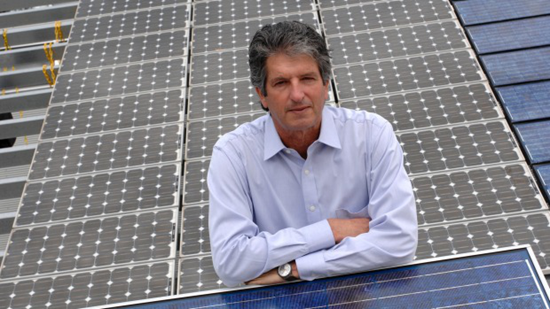
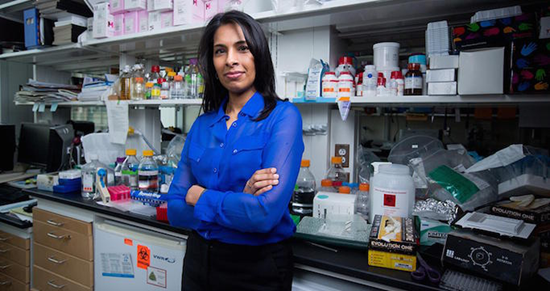
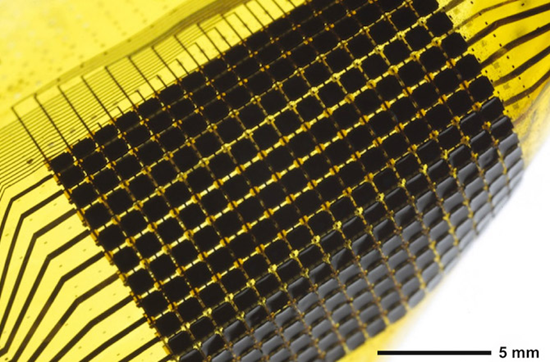
![wpsCB0.tmp[4] wpsCB0.tmp[4]](http://lh4.ggpht.com/-mr6sQyAlIZc/VJPzYzP9WUI/AAAAAAAC-VE/w_Hzax6dUZE/wpsCB0.tmp%25255B4%25255D_thumb%25255B2%25255D.png?imgmax=800)
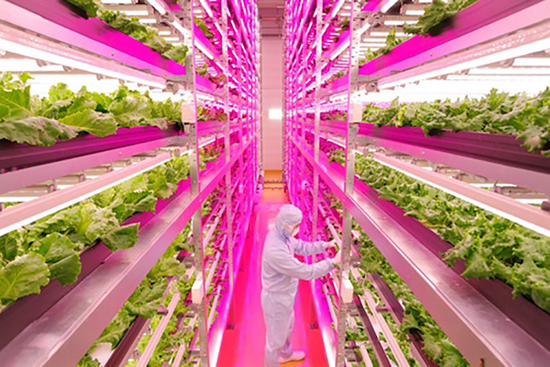
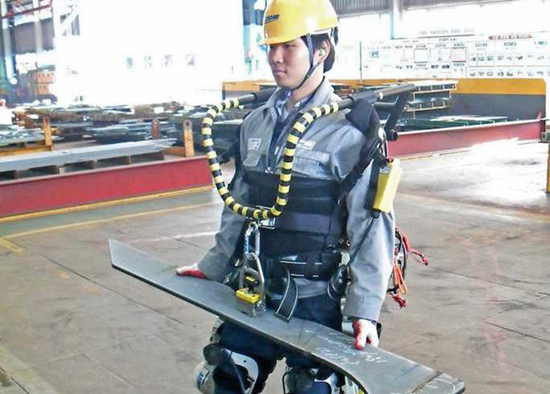

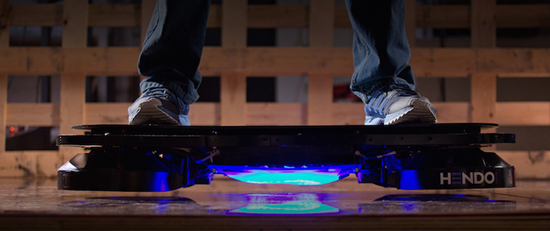
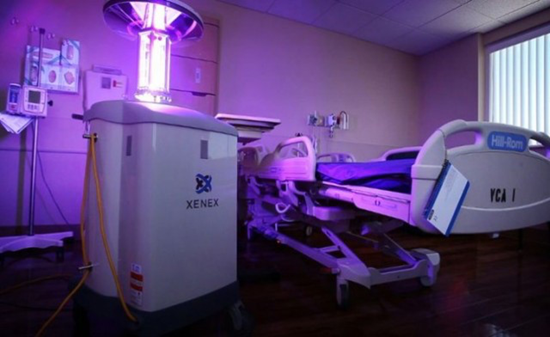

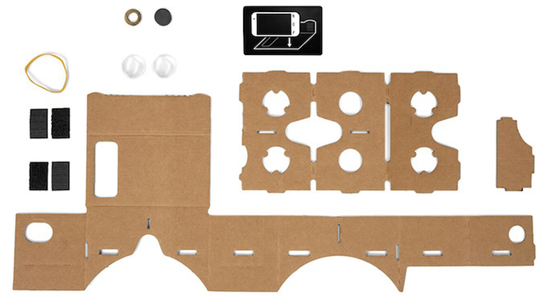
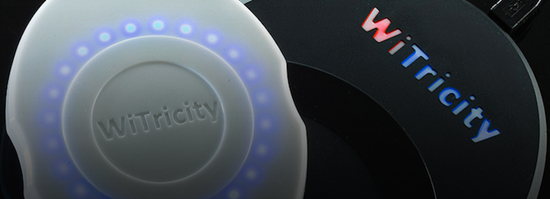
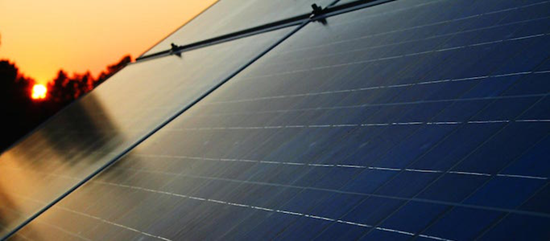
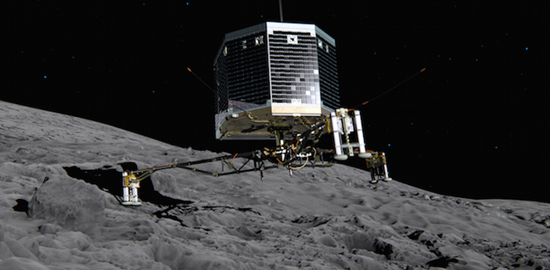
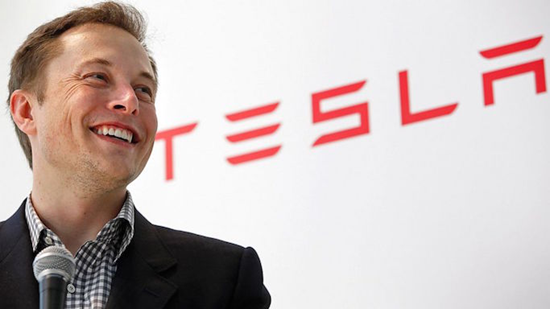
No comments:
Post a Comment
Please adhere to proper blog etiquette when posting your comments. This blog owner will exercise his absolution discretion in allowing or rejecting any comments that are deemed seditious, defamatory, libelous, racist, vulgar, insulting, and other remarks that exhibit similar characteristics. If you insist on using anonymous comments, please write your name or other IDs at the end of your message.